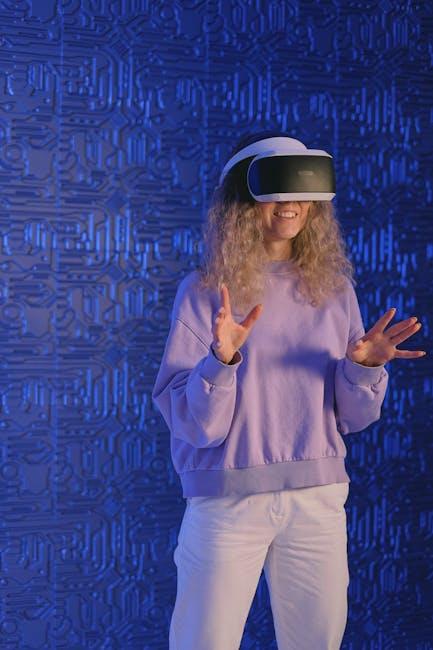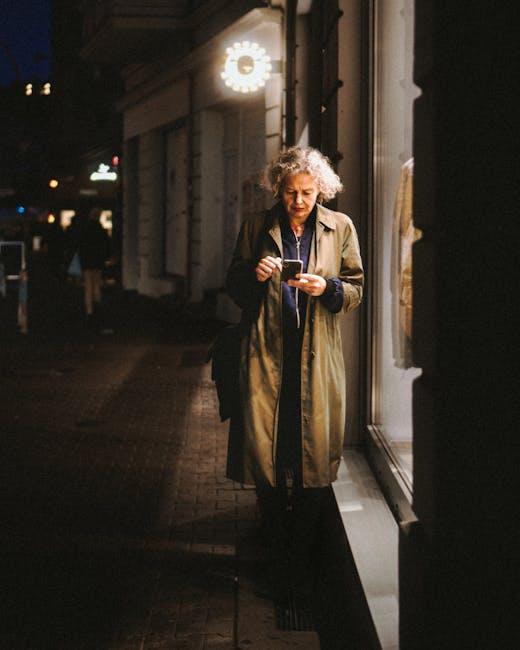Imagine stepping into a store without leaving your living room, trying on clothes, testing out furniture, or visualizing gadgets as if they were right in front of you. Augmented Reality (AR) shopping is turning this vision into reality, blending the digital and physical worlds in ways that were once the realm of science fiction. As this technology becomes more sophisticated and accessible, it is reshaping how consumers explore products, make decisions, and ultimately, how they shop. This article delves into the transformative effects of AR shopping on consumer behavior, uncovering the subtle shifts and profound changes redefining the retail landscape.
The immersive appeal of augmented reality in retail

Augmented reality has transformed the traditional shopping experience into a dynamic and interactive journey, captivating consumers like never before. By layering digital elements in the physical environment, AR allows shoppers to visualize products in real time, fostering a deeper emotional connection with items before making a purchase. This immersive technology taps into the senses, creating an engaging atmosphere where consumers feel more confident and informed. Brands leveraging AR benefit from increased customer engagement and a stronger brand presence, as the technology turns browsing into an exciting, personalized adventure.
The impact of AR on consumer behavior is evident in several key areas:
- Enhanced decision-making: Shoppers can experiment virtually with colors, styles, and configurations, reducing uncertainty and buyer’s remorse.
- Increased time spent with products: Interactive experiences encourage longer engagement, translating into higher conversion rates.
- Social sharing: AR-driven customization often inspires users to share their unique finds on social media, expanding organic brand reach.
| Behavior Aspect | Impact of AR | Consumer Benefit |
|---|---|---|
| Visual Interaction | Try-before-you-buy experience | Confidence in purchase |
| Personalization | Customized product views | Unique user experience |
| Engagement Duration | Longer product interaction | Informed decisions |
Transforming decision-making through interactive experiences

Interactive augmented reality (AR) shopping is revolutionizing how consumers engage with products, enabling a more immersive and informed decision-making process. Customers no longer have to rely solely on static images or descriptions; instead, they can virtually try on clothes, visualize furniture in their homes, or explore product features in 3D. This hands-on interaction fosters a deeper connection with the product, reducing uncertainty and increasing confidence in purchase choices. Features such as real-time customization and instant feedback turn shopping into an exploratory experience rather than a chore, encouraging consumers to spend more time engaging with brands.
The impact on consumer behavior is evident through several key benefits AR introduces:
- Enhanced product understanding: Consumers gain clear insight into how items fit or function.
- Decreased return rates: Visualizing products reduces the mismatch between expectations and reality.
- Increased purchase intent: Interactive trials boost enthusiasm and commitment to buy.
- Social sharing opportunities: AR experiences often inspire sharing, amplifying brand reach.
| Behavior Shift | Before AR | After AR |
|---|---|---|
| Product Exploration | Limited to photos | 3D virtual try-on |
| Confidence Level | Moderate uncertainty | High certainty |
| Decision Speed | Lengthy comparison | Faster commitment |
Bridging the gap between online and in-store shopping

Augmented Reality (AR) technology is seamlessly blending the tactile and visual strengths of physical stores with the convenience and personalization of online shopping. Shoppers can now visualize products in their own environment through AR before making a purchase, reducing hesitation and increasing confidence. This immersive experience mimics the in-store try-before-you-buy advantage from the comfort of home, transforming how consumers interact with brands and products.
Businesses are leveraging AR to offer features such as:
- Virtual try-ons for fashion, eyewear, and makeup, enabling personalized style decisions without visiting a store.
- Interactive product demonstrations that highlight features and benefits beyond static images.
- Customizable product previews, allowing users to adjust colors, sizes, or configurations in real time.
These capabilities not only enhance user engagement but also drive sales conversions by bridging the experiential gap between digital and physical commerce.
Strategies for brands to leverage AR for deeper consumer engagement

To captivate consumers in the evolving digital marketplace, brands must harness AR technology not just as a gimmick but as an immersive storytelling tool. This means crafting personalized and interactive experiences that resonate emotionally, making shoppers feel as if products come to life in their own space. Whether it’s virtually trying on apparel, visualizing furniture in a living room, or exploring product features with a 3D model, AR bridges the gap between imagination and reality. Brands should focus on creating fluid and intuitive AR interfaces that invite users to explore freely, turning curiosity into engagement and ultimately, loyalty.
Effective integration of AR also involves strategic incentives and seamless cross-channel experiences. For instance, offering exclusive AR-content unlocks or discounts after an AR interaction encourages repeat visits and social sharing. Additionally, syncing AR experiences with mobile apps, social media filters, and in-store displays cultivates a cohesive brand ecosystem where consumers feel continuously connected. Consider this simple framework:
| Strategy | Benefit | Example |
|---|---|---|
| Personalized Fitting Rooms | Boosts confidence and reduces returns | Virtual try-ons for eyewear or makeup |
| Product Visualization | Enhances purchase decision by real-life context | Placing furniture or decor in home via AR |
| Interactive Tutorials | Educates consumers, increasing satisfaction | Step-by-step assembly guides in AR |
Key Takeaways
As augmented reality continues to weave itself into the fabric of everyday shopping, consumers find themselves navigating a landscape where imagination meets convenience. This fusion is more than a technological trend; it’s reshaping the very way we connect with products and make decisions. While the future remains unwritten, one thing is clear-AR is not just changing how we shop, but transforming the experience into something richer, more interactive, and profoundly personal. As retailers and consumers alike adapt, the journey ahead promises to redefine the boundaries of shopping as we know it.














